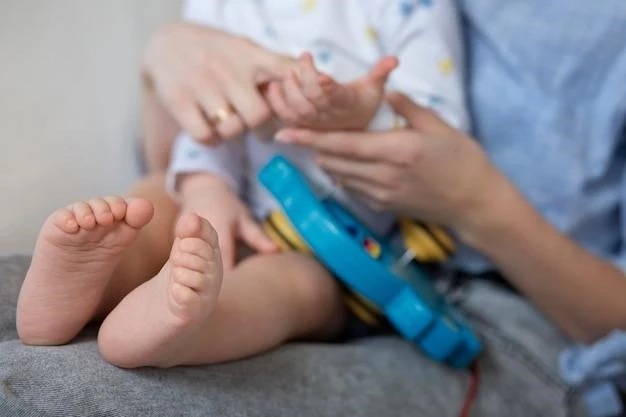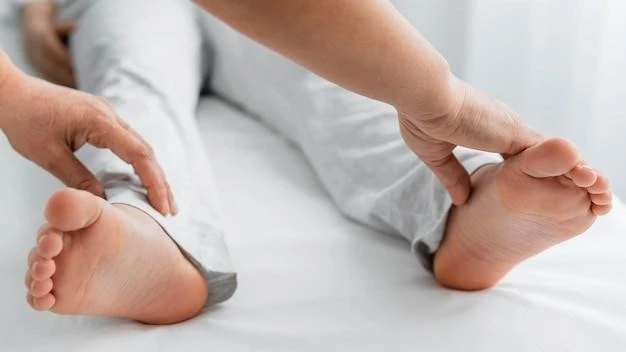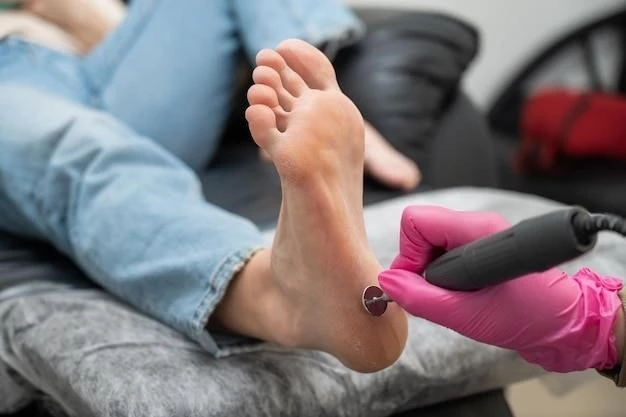Article Plan⁚ Disease ⏤ Pediculosis
Overview of Pediculosis
Pediculosis is caused by lice infesting the hairy parts of the body or clothing‚ feeding on human blood and causing severe itching. The three main types are head lice on the scalp‚ body lice on clothing‚ and pubic lice in the pubic area. Lice are transmitted through close contact‚ often resulting in itching‚ sores‚ and nits. Treatment involves various medications and hygiene practices to prevent spread and reinfestation.
Benzyl alcohol lotion and other FDA-approved treatments effectively kill lice‚ but ovicidal effects vary‚ necessitating retreatment. Combining pharmacologic treatment with non-pharmacologic measures like washing infested items can help eliminate lice. Over-the-counter and prescription medications are available for head lice treatment. Understanding the life cycle‚ transmission‚ and prevention of pediculosis is essential for effective management of this parasitic infestation.
Types of Pediculosis
Pediculosis is an infestation with lice‚ with head lice infesting the scalp‚ body lice infesting clothing‚ and pubic lice infesting the pubic area. Each type of louse feeds on human blood‚ causing itching and discomfort. Understanding the distinctions between head‚ body‚ and pubic lice is crucial for effective treatment and prevention strategies against these parasitic infestations.
Head lice are commonly found on the scalp‚ body lice infest clothing and bedding‚ while pubic lice mainly affect the pubic region. The impact of each type of pediculosis varies‚ with head lice causing psychological stress‚ body lice contributing to the transmission of bacterial diseases‚ and pubic lice primarily spreading through sexual contact. Proper diagnosis and targeted treatment are essential to manage the specific challenges posed by each type of louse infestation.
Head Lice (Pediculosis Capitis)
Pediculosis capitis‚ commonly known as head lice infestation‚ affects millions of people worldwide‚ especially children. It is caused by the Pediculus humanus capitis louse that feeds on human blood‚ leading to intense itching and discomfort. The infestation usually occurs on the scalp‚ particularly behind the ears and at the nape of the neck. Understanding the biology‚ epidemiology‚ diagnosis‚ and treatment options for pediculosis capitis is crucial for effective management and prevention of this parasitic condition.
Head lice infestation can result in psychological stress and missed school days‚ particularly in areas with strict no-nit policies. The transmission of head lice occurs through close person-to-person contact. Proper diagnosis involves identifying adult lice‚ nits (eggs)‚ and signs of infestation. Treatment options for head lice include over-the-counter and prescription medications‚ with benzyl alcohol lotion being one of the FDA-approved treatments. Additionally‚ implementing supplemental measures and proper hygiene practices can help eliminate lice infestations effectively.

Body Lice (Pediculosis Corporis)

Pediculosis corporis‚ caused by body lice (Pediculus humanus corporis)‚ is a parasitic infestation that feeds on human blood‚ laying eggs on clothing and moving onto the skin to feed. The presence of body lice can lead to intense itching and discomfort‚ emphasizing the importance of prompt evaluation and treatment.
These lice infestations are common in crowded and unsanitary conditions‚ with body lice known for transmitting bacterial diseases such as trench fever‚ relapsing fever‚ and epidemic typhus. Proper diagnosis and treatment for pediculosis corporis involve targeting the lice in clothing and bedding‚ alongside treatment for the affected skin. Understanding the characteristics and impact of body lice infestations is crucial for effective management and prevention strategies.
Pubic Lice (Pediculosis Pubis)
Pediculosis pubis‚ commonly known as pubic lice infestation‚ is caused by the Pthirus pubis louse primarily infesting the pubic hair region. These parasitic insects feed on human blood and lay eggs in the pubic hair‚ leading to itching and discomfort. The infestation can also affect other hairy regions like the armpits‚ chest‚ and eyelashes. Understanding the symptoms‚ diagnosis‚ and treatment options for pediculosis pubis is essential for effective management and prevention of this parasitic condition.
Transmission of pubic lice primarily occurs through sexual contact‚ sharing infested clothing or bedding‚ or close personal contact. The presence of pubic lice and nits (eggs) in the pubic hair is a common sign of infestation. Treatment options for pediculosis pubis include various over-the-counter and prescription medications specifically formulated to target the pubic lice infestation. Additionally‚ taking preventive measures‚ such as practicing safe sexual practices and avoiding sharing personal items‚ can help reduce the risk of pubic lice infestation.
Symptoms and Diagnosis
Pediculosis presents with symptoms such as intense itching in the infested areas and visible lice or nits in the hair or clothing. Diagnosis involves identifying lice or their eggs through visual inspection and specialized tools like lice combs. In the case of body lice‚ skin irritation and rashes may also occur. By understanding the symptoms and proper diagnostic techniques‚ healthcare providers can accurately identify and treat pediculosis.
Infestations in different areas of the body present varying symptoms‚ leading to distinct diagnosis methods. Itching‚ sores‚ and the presence of lice or nits are common signs. Prompt identification and proper diagnosis are essential to differentiate between head lice‚ body lice‚ and pubic lice infestations. Additionally‚ understanding the clinical manifestations and diagnostic approaches aids in effective treatment and prevention strategies against pediculosis.
Causes and Transmission
Pediculosis is caused by lice infesting hairy body parts or clothing‚ with head lice infesting the scalp‚ body lice infesting clothing seams‚ and pubic lice infesting the pubic area. The transmission occurs through close physical contact‚ sharing of infested clothes or bedding‚ or sexual contact. Lice feed on human blood‚ leading to itching and discomfort‚ emphasizing the importance of understanding the causes and modes of transmission to effectively prevent and manage pediculosis infestations.
Treatment Options
Treating pediculosis involves the use of various medications specifically formulated to target lice infestations. Over-the-counter treatments like benzyl alcohol lotion and prescription medications are available for head lice and body lice infestations. Some medications have ovicidal effects‚ killing lice eggs‚ while others may require retreatment to eliminate persistent infestations. Combining pharmacologic treatments with non-pharmacologic measures‚ such as washing infested items and avoiding close contact‚ can enhance the effectiveness of treatment. Understanding the available treatment options and following recommended guidelines can lead to successful eradication of lice infestations.
Over-the-Counter Medications
Over-the-counter medications for pediculosis typically include active ingredients like benzyl alcohol lotion‚ which has been approved by the FDA for treating head lice infestations. These medications are considered safe and effective when used according to the instructions. While some over-the-counter treatments have ovicidal effects‚ requiring a second treatment after 7 days‚ others may need routine retreatment if live lice are still present. Incorporating supplemental measures and proper hygiene practices can enhance the eradication of lice infestations.
Prescription Medications
Prescription medications for pediculosis are available for severe cases or when over-the-counter treatments are ineffective. These medications contain active ingredients approved by the FDA for treating head lice and body lice infestations. When using prescription medications‚ it is crucial to follow the healthcare provider’s instructions carefully to ensure proper application and effectiveness in eradicating lice infestations. Combining pharmacologic treatments with supplemental measures and good hygiene practices can enhance the success of prescription medications in treating pediculosis.
Ovicidal Effects and Retreatment
Some medications used to treat pediculosis have ovicidal effects‚ killing lice eggs to prevent reinfestation. Routine retreatment may be recommended for medications with weak ovicidal effects or if live lice persist after initial treatment. Timing retreatment to target hatched eggs but before new eggs are laid is crucial for effective elimination of lice infestations. Additionally‚ combining pharmacologic treatments with proper hygiene practices and supplemental measures can enhance the overall success of pediculosis treatment.
Prevention Strategies
Preventing pediculosis involves adopting various strategies to minimize the risk of lice infestations. These strategies include practicing good personal hygiene‚ avoiding close contact with infested individuals‚ not sharing personal items like brushes or hats‚ regularly washing and drying infested clothing and bedding at high temperatures‚ and routinely checking for signs of lice infestation. Educating individuals about lice transmission and implementing preventive measures can significantly reduce the likelihood of pediculosis.
Impact on Public Health
Pediculosis poses a significant public health concern due to its widespread nature and potential complications. The infestation can lead to itching‚ sores‚ and nits‚ causing discomfort and distress. Lice infestations‚ if left untreated‚ can result in the transmission of bacterial diseases like trench fever‚ relapsing fever‚ and typhus. Moreover‚ pediculosis affects individuals of all ages‚ with children particularly vulnerable to missed school days and psychological stress. Managing pediculosis requires an interprofessional team approach to prevent its spread and minimize its impact on public health.
